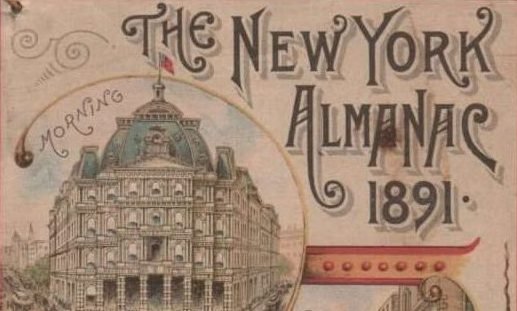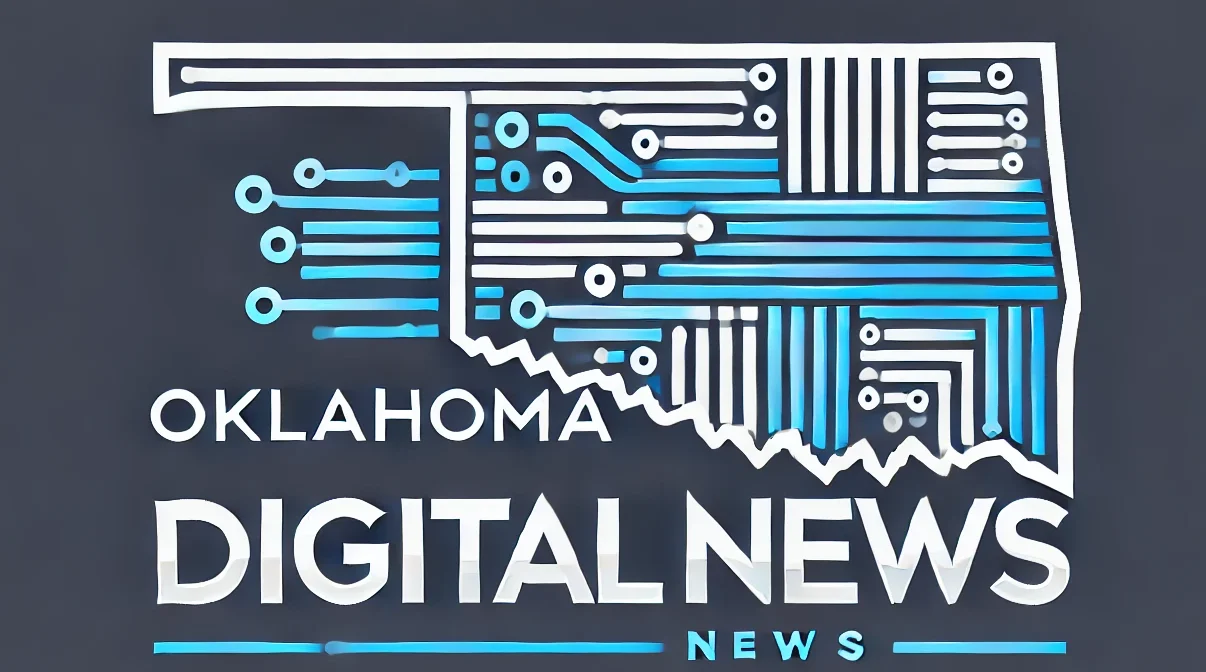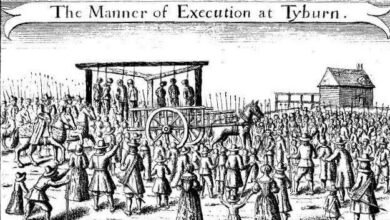Almanacs: Remarkable Historical Resources – New York Almanack


 An almanac (often spelled in the old days “almanack”), in its simplest form, is a book containing a calendar that includes notations for holidays and holy days, as well as astronomical information such as the rising and setting of the sun and moon, the phases of the moon, high and low tides. They also often include weather forecasts and agricultural tips.
An almanac (often spelled in the old days “almanack”), in its simplest form, is a book containing a calendar that includes notations for holidays and holy days, as well as astronomical information such as the rising and setting of the sun and moon, the phases of the moon, high and low tides. They also often include weather forecasts and agricultural tips.
The history of almanacs spans from ancient Babylonian cuneiform tablets to modern publications (including digital apps). The Oxford Dictionary of English says that the word comes “via Old French and medieval Latin from Spanish Arabic al-manāk (the calendar),” but there remains much discussion of its origins. The word itself, which has roots in the Middle East, seems to have been used in the West with something like its present meaning in the 1200s.
According to the Encyclopedia of Ephemera, the first printed almanac was published in Vienna in 1457 and the first American almanac, Almanack Calculated for New England, was published in 1639 by William Pierce in Cambridge, Massachusetts.
Nathaniel Ames of Dedham, Massachusetts, issued his popular Astronomical Diary and Almanack in 1725 and annually after about 1732 until 1775.
Massachusetts was the first center in the colonies where almanacs were published annually, followed by Philadelphia and the city of New York.
James Franklin published The Rhode Island Almanack by “Poor Robin” for each year from 1728 to 1735. His brother Benjamin Franklin published his annual Poor Richard’s Almanack in Philadelphia from 1732 to 1758.

 Samuel Stearns of Paxton, Massachusetts, issued the North-American Almanack, published annually from 1771 to 1784, as well as the first American nautical almanac, The Navigator’s Kalendar, or Nautical Almanack, for 1783. The earliest known copy of the United States Almanack bears the date of 1782.
Samuel Stearns of Paxton, Massachusetts, issued the North-American Almanack, published annually from 1771 to 1784, as well as the first American nautical almanac, The Navigator’s Kalendar, or Nautical Almanack, for 1783. The earliest known copy of the United States Almanack bears the date of 1782.
Benjamin Banneker, a free Black astronomer and mathematician, published self-titled almanacs for the years of 1792 to 1797, making him the first Black American to have a scientific book published. His almanacs also contained political writings and correspondence with Thomas Jefferson regarding the abolition of slavery.
Longworth’s American Almanack was published from 1797 to 1842 in the city of New York by David and Thomas Longworth.
Generally, almanacs were printed on what was considered cheap paper. However, cheap rag-based paper being better than wood pulp-based paper, pre-1860s almanacs remain in surprisingly good shape despite the regular use they received.
Many almanac owners sewed-in blank pages to keep a daily journal, which might include entries about buildings being built, debt and spending, the death of neighbors, personal diaries, earthquakes, and weather.
While some almanacs are slightly smaller than a sheet of typing paper, most are even smaller, often small enough to fit in a back pocket. Some have strings in the upper-left-hand corner, indicating they were hung on nails for easy consultation.

 The New York State Library’s Almanac Collection includes paper copies of over 10,000 almanacs, dating from 1684 to the present, including several editions of two of the best known American almanacs: the Old Farmer’s Almanack and Poor Richard’s Almanac.
The New York State Library’s Almanac Collection includes paper copies of over 10,000 almanacs, dating from 1684 to the present, including several editions of two of the best known American almanacs: the Old Farmer’s Almanack and Poor Richard’s Almanac.
(The State Library also has copies of almanacs published by Poor Joe, Poor Robin, Poor Roger, Poor Thomas and Poor Will, as well as Poor Rabbin’s Ollminick for the Town O’ Bilfawst and Velvet Joe’s Almanac.)
By the nineteenth century, almanacs were offering more than dates and astronomical-related information. Among the types of information included were:
- college vacation dates;
- a Correct Dress Chart for Men;
- a list of discoveries and inventions;
- interest tables;
- information on how to obtain patents;
- a diagram showing “that any set of working tools or implements may be so arranged as to present a pleasing symmetrical appearance if some prominent article is selected as the centre and the others made to radiate around it”;
- illustrations and prices of cricket equipment;
- songs/poetry;
- musical scores;
- statistics;
- times and places of court sessions;
- recipes;
- “Help in Case of Accidents”;
- capital punishment or legal penalty for murder for the various states;
- historical illustrations;
- governors’ salaries; and more.
Included in the New York State Library collection are:
- humorous almanacs such as: American Comic Almanac; Broad Grins; or Fun for the New Year; Comic Almanac, Elton’s Comic All-My-Nack; Tommy Toddles’s Comic Almenac for All’t Foaks e Leeds an Raand Abaght;
- almanacs published by newspapers such as: Albany Evening Journal Illustrated Almanac; Ballston Journal Almanac; Buffalo Evening News Almanac and Fact Book; [Rochester] Democrat & Chronicle Almanac; Glen’s Falls Republican Almanac
- almanacs published in French, German, Hungarian, Iroquois, Spanish, Swedish;
- almanacs published by religious sects such as the Almanac and Year Book of the Reformed Church in America; American Presbyterian Almanac and Family Register; Almanac and Baptist Register; Friends’ Almanac; Illustrated Family Christian Almanac; Lutheran Church Almanac; Methodist Almanac; Pounder’s Wesleyan Almanac, Presbyterian Almanac;
- almanacs published in France, Portugal, Germany, Cuba, and Mexico as well as New York, Massachusetts, Connecticut, Wisconsin, Missouri and Hawaii;
- almanacs appealing to niche audiences: American Rowing Almanac and Oarsman’s Pocket Companion; Book-Lover’s Almanac; Boys’ Almanac Containing Fun and Entertainment for Young and Old; Farmers and Dairymans Almanac; Farmer’s and Farrier’s Almanac; Farmer’s and Gardener’s Almanac; Farmer’s and Mariner’s Astronomical and Nautical Diary; Farmers’ and Mechanics’ German English Almanac; Fisher’s Improved Housekeeper’s Almanac and Family Receipt Book; John Wisden’s Cricketers’ Almanack; Lady’s Almanac; Mariners Almanac; Musical Almanac; Poultry Breeders Almanac; Soldier’s and Sailor’s Almanac; United States Working Man’s Almanac; V.P. Palmer’s Business-Men’s Almanac; Veterans of the War… Almanac… and History of the Late Rebellion, from 1860-1865;
- almanacs serving in a what-to-do-until-the-doctor-gets-there capacity: American Water-Cure Almanac; Family Almanac and Guide to Health; Health Almanac and Guide to Invalids; Illustrated Family Medical Almanac for the United States; Parker’s Medical Almanac;
- almanacs aimed at a specific region: Central and Northern New York State Almanac; Columbia County Almanack; Cortland County Almanac; Dutchess and Ulster Co. Farmers’ Almanac; Gaffney’s Oneida Almanac; Troy Almanac;
- almanacs for members of fraternal organizations: Grand Army of the Republic Almanac; Masonic Directory and Almanac;
- almanacs used in sales promotion: August Flower and German Syrup Almanac; Dr. Morse’s Indian Root Pills; Dr. Harter’s [Medicine Co.] Almanac and Receipt Book; Kickapoo [Indian Medicine Company] Almanac and Household Guide; Merchant’s Gargling Oil Co.’s National Almanac; Security Life Insurance and Annuity Co. Almanac; Shaker Almanac; Singer [Manufacturing Co.] Almanac; [Dr. Kilmer’s] Swamp-Root Almanac;
- almanacs produced by political parties or in support of political causes: Hard Cider and Log Cabin Almanac; Henry Clay Almanac; Rough & Ready Almanac; Tippecanoe and Log Cabin Almanac; Whig Almanac, and Politician’s Register; Young Hickory Almanac; Zach. Taylor Almanac; People’s Military Almanac; Clarke’s Confederate Household Almanac; Almanac of the American Temperance Union; Anti-Slavery Almanac; Coldwater Almanac; Peace Almanac; Tobacco and Health Almanac; Woman’s Rights Almanac;
- and those items that defy classification: Davy Crockett’s Almanack; Illustrated Phrenological Almanac; Magnetic Almanac; Tragic Almanac; and even a few items that claim to be almanacs but are really just collections of facts, such as Spalding’s Official Athletic Almanac, which is a list of sports statistics.
You can find a fairly comprehensive list of almanacs in the New York State Library collection in a finding aid from which much of this essay is drawn, created by Senior Librarian Vicki Weiss in 2002.
Illustrations, from above: The New York Almanac, 1891; Poor Richard’s Almanac Improved, 1782 (Library of Congress); and a collection of various almanacs from 1797 to 1901.
Source link




